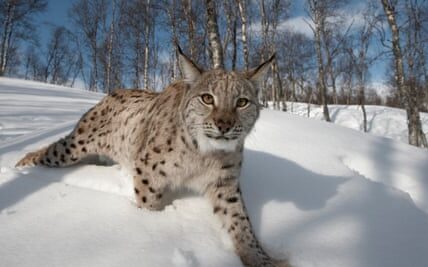The occurrence of bird flu in Antarctica for the first time is described as “catastrophic.”

The Antarctic has been affected by avian flu, causing worry for penguins and seals living in isolated areas who have not encountered the dangerous H5N1 virus in the past. The consequences of the virus’s arrival are still uncertain, but scientists are expressing concerns about potential drastic declines in the region’s vulnerable animal populations during breeding season.
The brown skua, a type of scavenging bird, on Bird Island in the British overseas territory of South Georgia and the South Sandwich Islands has been found to carry the virus. It is believed that these migratory birds brought the virus with them from South America, where bird flu is prevalent and has caused the death of approximately 500,000 seabirds and 20,000 sea lions in Chile and Peru.
The recent spread of the extremely contagious strain of H5N1, first identified in 2021, is believed to have caused the deaths of numerous wild birds. Scientists have expressed worry about the potential consequences for Antarctic animals, as many of these species are exclusive to the region and have not been previously exposed to bird flu viruses.
Scientists from the British Antarctic Survey (BAS) collected samples from the birds upon discovering unexplained deaths and shipped them to the UK for analysis.
The science manager for Bird Island, Ashley Bennison, expressed her sadness at confirming this event. The team will do their best to monitor the species on the island and continue their scientific work, but the extent of the impact is currently unknown.
Bird Island is considered one of the planet’s richest wildlife sites, home to many endangered bird species as well as 50,000 pairs of breeding penguins and 65,000 pairs of fur seals. The island lies just off the north-west tip of South Georgia, about 600 miles south-east of the Falkland Islands.
According to a risk assessment by the Scientific Committee on Antarctic Research, the potential arrival of bird flu on the continent poses the greatest threat to fur seals, sea lions, skuas, and gulls. Other vulnerable species include penguins, birds of prey, sheathbills, and giant petrels.
The head of the Antarctic Wildlife Health Network, Dr. Meagan Dewar, who wrote the report, warned that the illness could lead to a severe decline in breeding and have a devastating effect on numerous animal species in the area.
The report recommends the establishment of continuous disease surveillance programs to detect new and emerging pathogens.
The H5N1 virus traveled nearly 4,000 miles through South America within three months, aided by the migration paths of wild birds. Scientists predict that its previous spread in South America increases the likelihood of it reaching South Georgia eventually.
Due to the confirmed cases on Bird Island, any field work involving handling animals has been halted. Employees must be extra careful to ensure their clothing and equipment are clean.
Recent research has shown that certain seabirds in the UK, where the initial outbreak occurred, are developing resistance to H5N1. This news comes after previous reports indicated that the birds were becoming immune to the virus.
Source: theguardian.com


